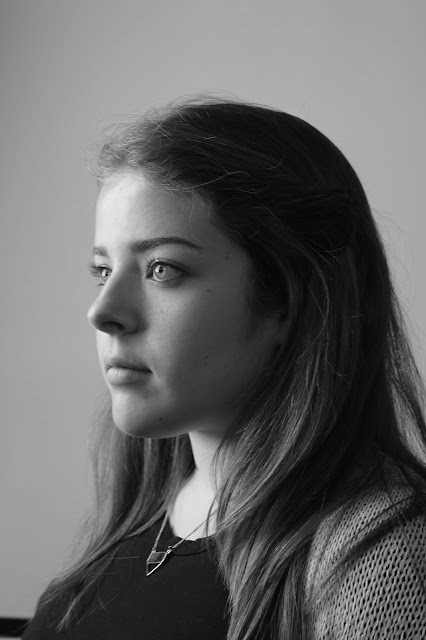Your next assignment is an exercise in planning, preparation, creativity with location and costume and direction of your model. The idea with this project is to remake a classic work of art using photography and you must demonstrate mastery of light and exposure to create your image in-camera... no post processing is allowed!
Remake A Classic Work of Art With Photography:
Now that you have studied all aspects of exposure and how to capture light, you will apply your composition skills, attention to detail and ability to use natural light to recreate a classic work of art. Mastery of exposure control is important, along with creativity and planning and accuracy. You will need to shoot many levels of exposure and try different methods to capture the best light, because there is no post processing allowed in this assignment. In camera manipulation only. You can adjust exposure, color balance and even use in-camera effects if you please, but no lightening or darkening of your exposures in Photoshop, etc. It must be capture "in camera" for maximum points.
Now that you have studied all aspects of exposure and how to capture light, you will apply your composition skills, attention to detail and ability to use natural light to recreate a classic work of art. Mastery of exposure control is important, along with creativity and planning and accuracy. You will need to shoot many levels of exposure and try different methods to capture the best light, because there is no post processing allowed in this assignment. In camera manipulation only. You can adjust exposure, color balance and even use in-camera effects if you please, but no lightening or darkening of your exposures in Photoshop, etc. It must be capture "in camera" for maximum points.
- Look through the examples and links below for clarification and inspiration
- Research and find a classic work of art that inspires you. Your final choice of artwork to remake must be approved by your instructor before proceeding
- Keep it classic, think old masters. Im not looking for contemporary artwork, album covers, fashion photography or cinematic references. We want artwork from between 1450 to 1830's and you must be able to identify the artist.
- Final result is a photo only, no color correction, cropping or special effects allowed. If you do it correctly the majority of work happens before you take the picture. For this project post processing is banned. You will need to pay attention to the light in your image and recreate it as best you can. Take many images and adjust exposure, white balance and use in-camera filters or effects to achieve your desired results.
- Put all of your creative energy into the arrangement and recreation of elements. Pay attention to costume, color, light, position, framing, facial expression, body and limp position etc... the key is in the details. Take shots and look at them closely, if something isn't right than re-shoot.
- Elements in your artwork can be re-imagined of course. Strive for recreation of details with whatever you have available and at hand
- Choose and get approval on your artwork of choice before proceeding!
Grading:
This project will be evaluated on your ability to meet the requirements as well as the intention of the assignment. Your work should show careful planning and execution. You are the artist with a vision and it is your responsibility to direct your costume, scene, model and props to achieve your desired results. Having total control over all elements is key to a successful photo shoot.
An example of high performing student work: This is a lovely recreation of Daniel Hernandez Morillo's "woman carrying firewood". The student photographer, Gracie Thomas, took great care with costume, pose, light, props, setting and composition for spectacular results.
|
This is an example of low performing student work. The student grabbed a bike, a blanket and a model at the last minute and took a snapshot. Little care is put into setting, light, costume, pose, composition.
|
Required Reading Links:
Student Work Samples:
High Performing:
Medium Performing:
Good Luck!
- Mr.W




























